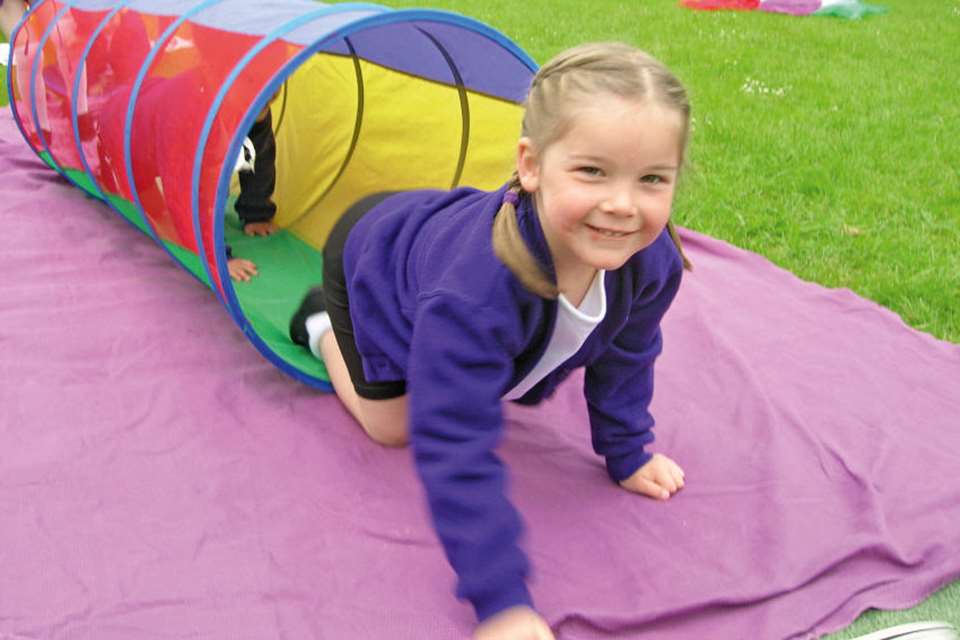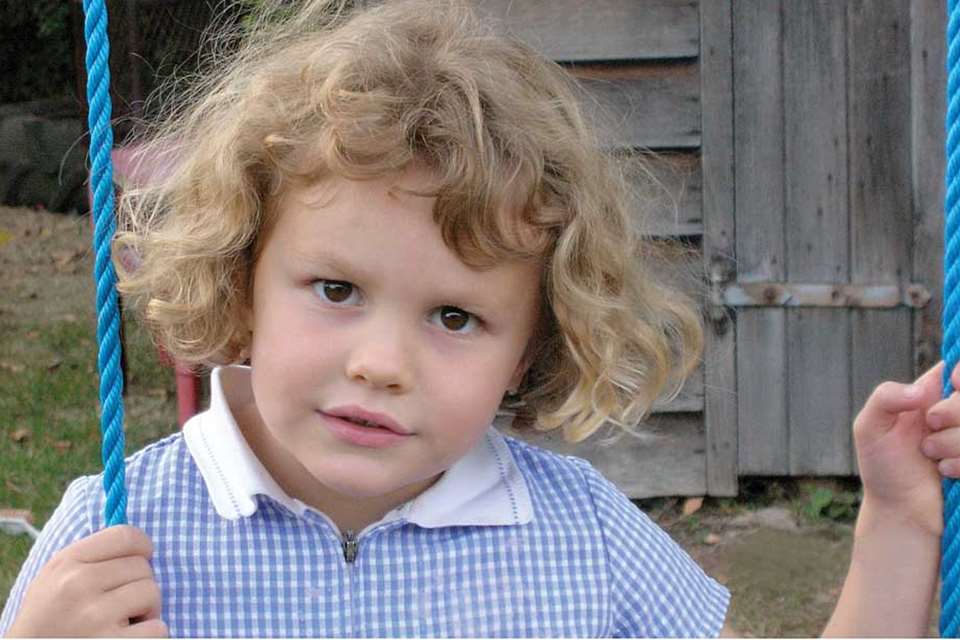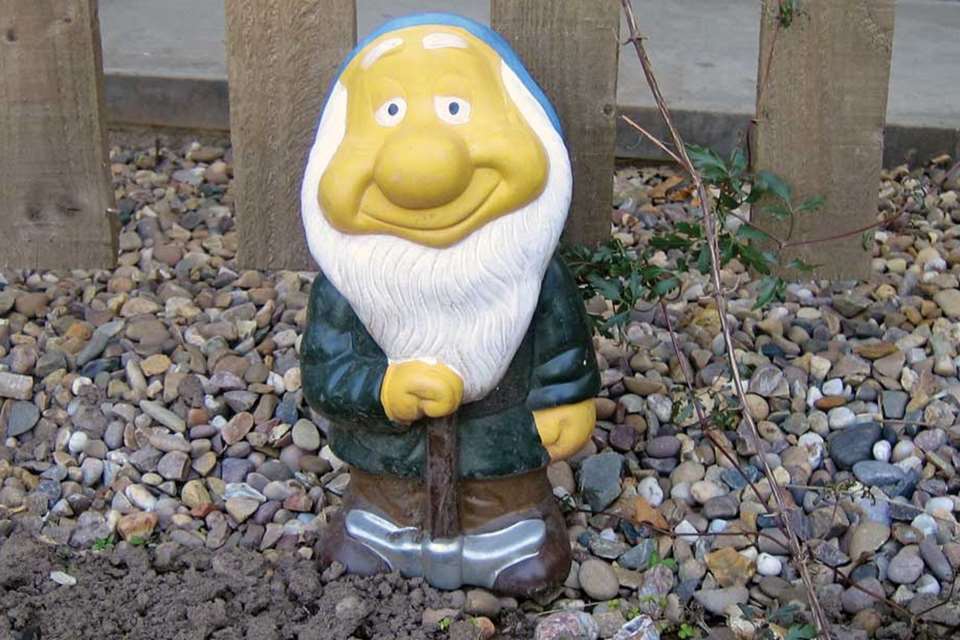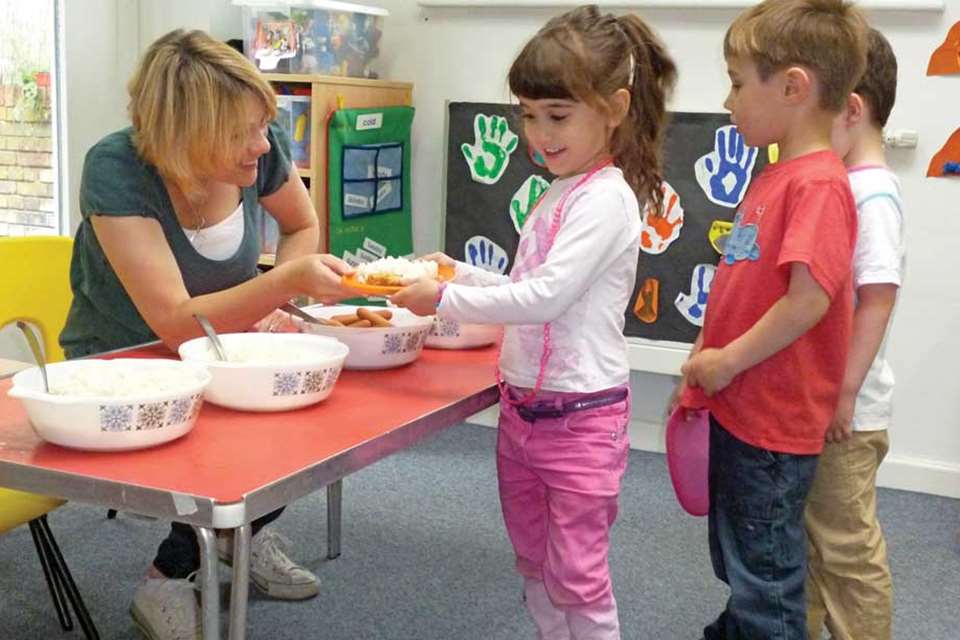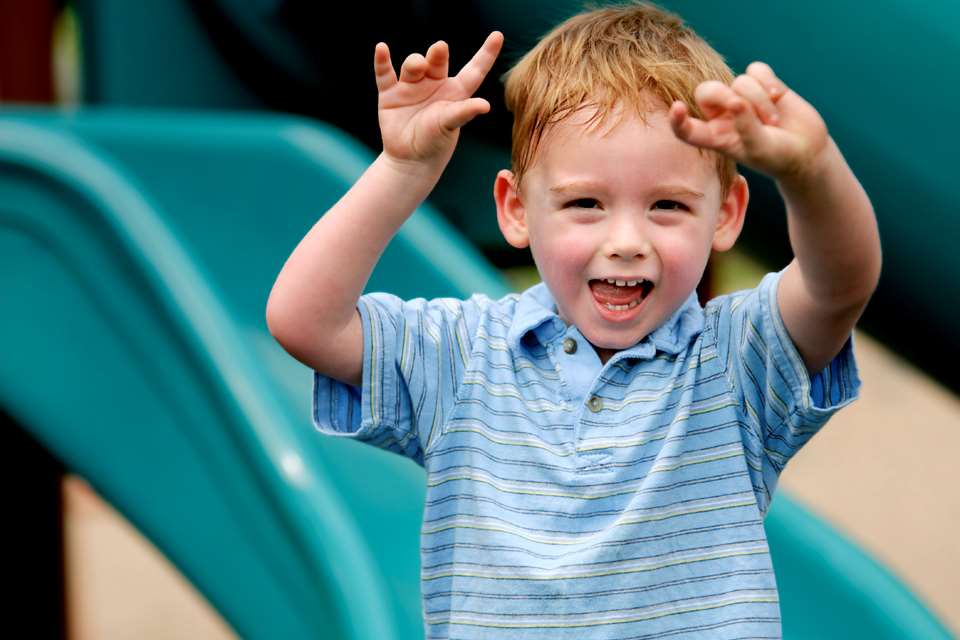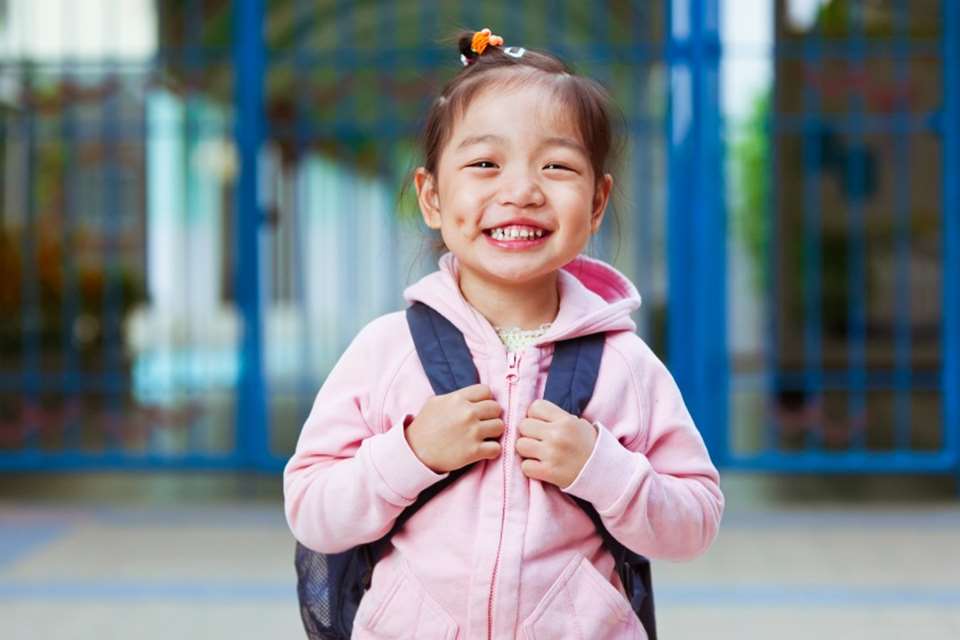Enabling Environments: Transitions - By the book
Zoe Kimber
Monday, May 16, 2016
Special books – designed to help nursery children make the move to a new room or Reception – are child-led, so they also let practitioners see the world through their eyes, explains Zoe Kimber

Summer may seem a long way off but it’s not too early to start thinking about how to smooth children’s transition to school or new classroom. Some children in your setting may already be getting itchy feet and seem to have ‘outgrown’ nursery. Others, as you know, will find the process daunting and will crave the comfort of a room and key workers that they know and trust.
As part of my MA in early years education at the University of Derby, I developed the idea of creating ‘special books’ with children as part of the transition process, and I now use these with my children at Mary Swanwick School in Chesterfield.
Running in parallel to the children’s learning journeys, these special books are designed to help children prepare for change by encouraging them to reflect on what they value in their current setting and familiarising them with the new setting or classroom.
Trying to find out what is important to children is at the heart of the special book project. But as well as being a means of listening to, and communicating with, the children, it is also a way of informing prospective teachers and practitioners, as both the children’s learning journeys and special books are passed on to them.
COPING WITH CHANGE
The 2014 EYFS acknowledged the importance of smooth transitions for children, yet there is no statutory guidance or formal requirements for managing children’s transitions. It is up to individual settings to develop their own transition methods, though practitioners often find it hard to plan transition activities at such a busy time of year. However, managing smooth transitions for children is essential.
Research shows that early experiences of transition affects a child’s later ability to cope with change, and with that their mental health, happiness and well-being. Preparing a child for a particular change in their life gives them a greater chance of coping with any unexpected events later on, and so become a resilient individual.
Every child can be seen as an individual and as a ‘citizen’ in their own world. They have just as much right to make decisions and be listened to. We see this through good early years practice that is child-led and child-centred. In this way, we can apply this same level of involvement to transitions. Rather than transitions happening to a child, we can shift the focus to a child being involved with their transition process.
CREATING A SPECIAL BOOK
With the special books project, the aim is to involve children by encouraging them to fill their books with photographs, drawings, maps and notes that inform the reader about what the child values in their world.
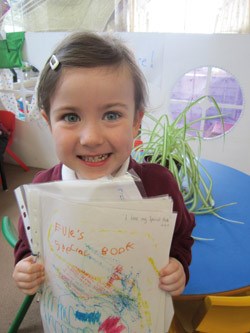 The starting point is photographs taken by the children, and when developing the idea of special books I was guided by the mosaic approach, first introduced by Alison Clark and Professor Peter Moss and outlined in their fantastic book Listening to Young Children.
The starting point is photographs taken by the children, and when developing the idea of special books I was guided by the mosaic approach, first introduced by Alison Clark and Professor Peter Moss and outlined in their fantastic book Listening to Young Children.
The basic steps are:
- Talk to the child about what is important to them about their current setting.
- Encourage them to photograph what is important to them.
- Look at the photographs withthe child and then print them off together.
- Write observational notes to sit alongside the photographs – for example, what the child said.
- Together, stick the photos and notes in the book.
Other activities
As well as taking photographs of their current provision, encourage the children to:
- draw the important people in their setting
- photograph their new classroom
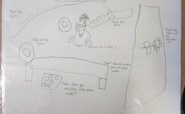
- draw maps, of the setting and of their new room
- ‘write’ their favourite things to do in their setting
- use the maps they have drawn to navigate the new areas.
Finishing touches
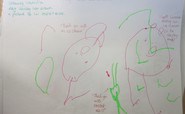 Consider using plastic wallets and treasury tags to bind the books.
Consider using plastic wallets and treasury tags to bind the books.
Allow the children to decorate their books as they choose. The children can have such fun designing and creating their front covers, but the books needn’t be ‘pretty’ as they are a working document.
PRACTICE POINTS
If you would like to create special books with your children, I recommend that you:
Start the project well in advance of the school holidays. The more time the children have to reflect upon the upcoming change, the better. Starting the transition process months in advance means that not only are children happier and more prepared, but so are parents and practitioners. It also gives the children time to develop a sense of ownership and pride over their books.
Always let the children take the lead in developing the books. There is a big temptation to stop them from taking photographs of the same object over and over, or of the ground, but if this is what they see and what they choose to focus on, then let them.
 Write your own observational notes of what the children do and say. Sharing your notes with the child will give you a further insight into their thought processes.
Write your own observational notes of what the children do and say. Sharing your notes with the child will give you a further insight into their thought processes.
Place the books somewhere easy for the children to access and leave them free to look at and add to their books as they please.
Build time into your planning to spend time with the children looking at their books.
Invite parents in to look at their children’s special book withthem. You will find that children enjoy sharing their books with theirkey workers, other children and their families.
Analyse the books to identify what is important to each child. For example, if a child has photographed only one toy, then consider using this as a transitional object. Or if a child photographs only adults, this may indicate how important it is that they make relationships with their new key adults.
CHALLENGES Vs BENEFITS
If you are going to take on this project, you need to be committed to it, as it is a lengthy and demanding process. Once you start using a camera with the first child, then all the children will want to get started in creating their books. The children learn quickly how to use a camera and can often surprise you with how competent they are. However, it means they may also want to document all of their experiences!
Nevertheless, creating a special book with each child is time well spent. Not only does it provide an excellent opportunity to listen to children and see the world through their eyes, but it also makes the child feel valued and strengthens your bond with them.
Despite how long the books take to compile, special books are a true investment in trying to better understand the world through each individual child’s eyes, and through looking at their books over time, children make connections between the places they have been and those they are going to.
Zoe Kimber is a nursery teacher at Mary Swanwick School, Chesterfield.


